Why Don’t Lions Eat all the Wildebeest Calves?
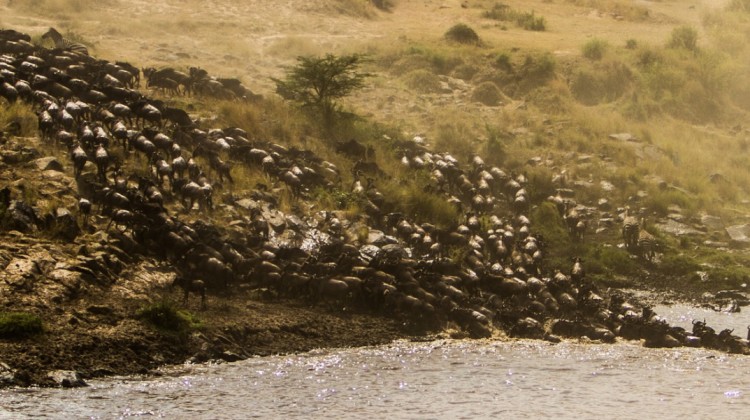
400,000 wildebeest calves are born each year in Tanzania’s Serengeti, and many are the perfect meal for the top carnivores. How do they manage to survive and what strategies help these calves grow to adulthood in the precarious African savannah?
Serengeti Mara ecosystem
Wildebeest is the Dutch/Afrikaans word for ‘wild beast or cattle’. Nearly two million are present in the Serengeti Mara ecosystem, the site of Africa’s greatest large mammal migration. Each year the wildebeest, together with zebra, gazelle and eland follow the rains in a reasonably predictable cycle and migrate in a clockwise fashion over 1,800 miles in search of rain ripened grass.
Wildebeest Migration Map
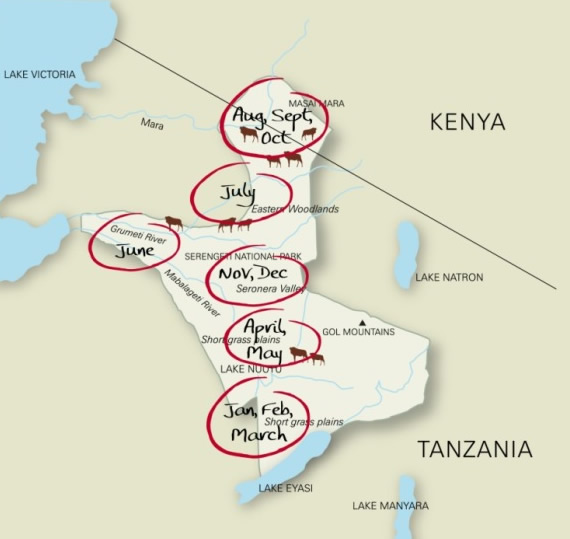
Map of the wildebeest migration and route that they follow annually with the time of year where they graze
Part of a herd – tactics
Mother nature has a few tricks up her sleeve to help the young wildebeest survive, and being in a large herd is key, as this grouping strategy decreases each individual’s chance of being hunted by big game. Sticking to open savannah where predators are more easily seen also helps. Like the impalas below, wildebeest also listen to alarm calls of other animals, such as baboons, who shriek in response to predators approaching.
Breeding for success
Wildebeest calve in the south-eastern Serengeti National Park between January and March, at the beginning of Tanzania’s rainy season. They stop their migration for a couple of months and over 80% of the female wildebeest give birth over a period of just a few weeks. An estimated 400,000 wildebeest calves are born during this period with the rich new grass to support them. The wildebeest calves weigh about 21 kg / 46 lb and scramble to their feet within minutes, being able to keep up with the herd within a matter of days. It’s a testing time as calves often get separated from their mothers, especially when they are very young and too weak to keep up. Breeding at the same time does have a silver lining as once a predator has killed, the remaining calves will be spared until it is hungry again.
Despite being part of the herd, outliers such as this albino calf are much more likely to be targeted by predators, meaning they rarely survive to adulthood.
Lions are territorial
Lions live in prides of typically five to ten animals defending a territory (pride area) of between 12-120 square miles. In Africa, wildebeest rank at the top of preferred prey (accounting for nearly half of the lion prey in the Serengeti) followed by zebra. Since lions are strongly territorial the wildebeest herds will only have to contend with a single pride as they migrate through any one area; so once the pride has killed, the herd should have a break until it crosses into the next pride’s territory.
Getting close to the wildebeest calving
The best way to follow the wildebeest migration is to stay in mobile safari camps that track the herds throughout the year. In the southern parts of the Serengeti ecosystem it’s possible to stay at a number of very good semi-mobile tented camps such as Olakira, Serengeti Safari Camp and Dunia Camp which are all traditional in style, small and authentic in flavour, and very comfortable. A safari in Tanzania’s southern Serengeti also works well in combination with visits to the Ngorongoro Crater and Lake Manyara.
Any questions?
If you’ve got this far and not found an answer to a question you have, or you think there’s something more about the wildebeest migration that we should have included, please ask in the comments section below, or pop us an email. We’ll be sure to reply and may amend the article to include our answer.
For more information on the wildebeest migration in Tanzania and Kenya please see our specific wildebeest migration page.
What’s Next?
We would be delighted to help you plan a safari holiday, or answer any questions if you’re at an earlier stage. Please just send us an email or give us a call
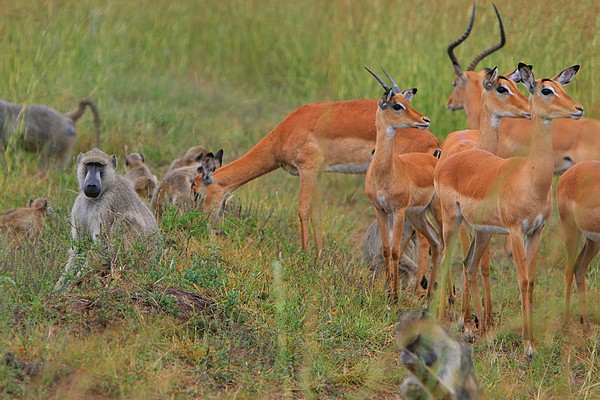
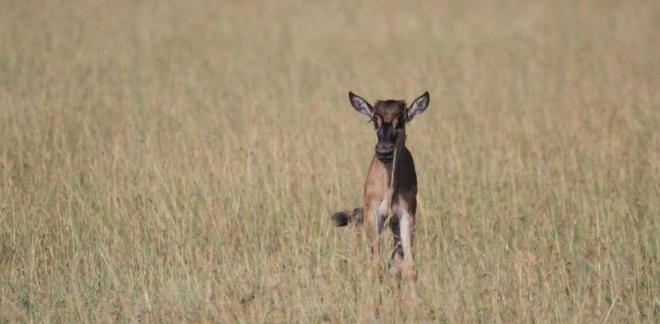
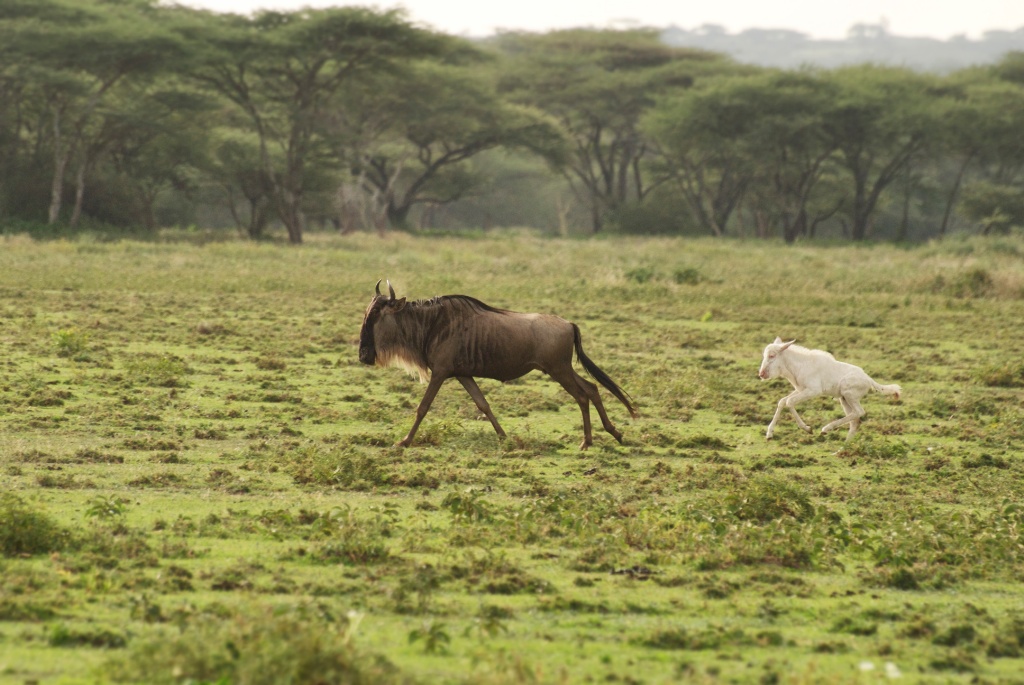
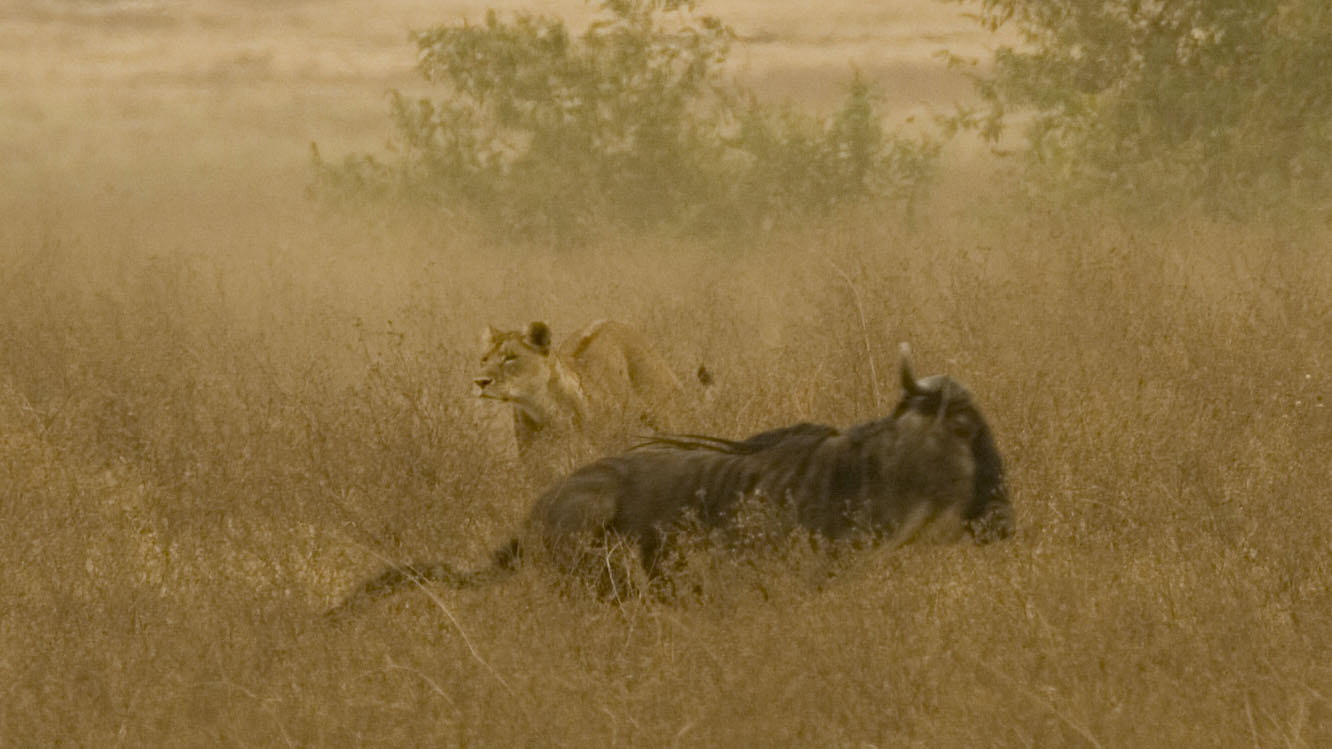
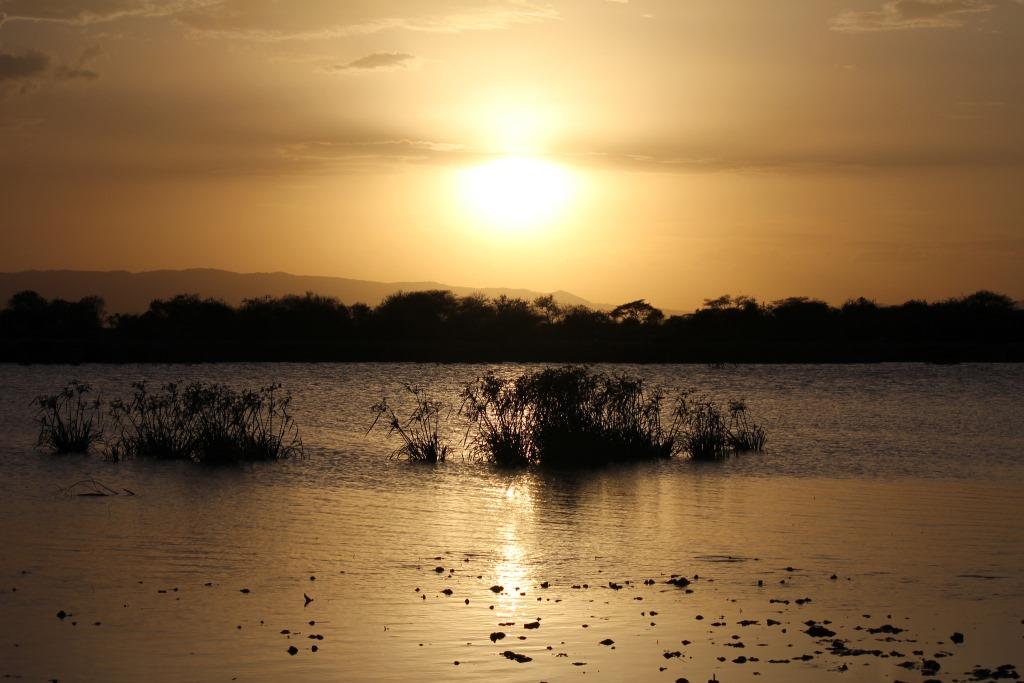
Recently I saw a lion chasing a 2 day old wildebeest and catching it. To my surprise, instead of the lion eating the calf, she started playing with it and then eventually protecting the calf from other predators.
Why would a lion do that
Thanks for the question. We’re experts in holidays rather than animal behaviour. My first thought is that it’d be like a cat playing with a mouse for an extended period and considering it ‘its toy’ but I can ask one of our guide friends and give you a better answer from their perspective.
An answer from David Njapit at Offbeat Safaris in Kenya’s Masai Mara
“Good question, often predators catch live young and guard it, possible reasons are that:
1. Lions attack a prey running away and young don’t sometimes run away
2. Young prey are too small and sometimes they keep so the mother wildebeest will come for it
3. Lions used to hunt young foals or fawns or calves as they are are cute and slow so predators use them to train their cubs
4. Newfound toy for a lion or instinct tan colour like lion cubs
……..many theories, that is my point of view.”